
Saturn, the enchanting gas giant, has long fascinated astronomers with its striking rings and multitude of moons. Recently, the discovery of 128 new moons orbiting this celestial body has further captivated the scientific community and sparked renewed interest in the mysteries of our solar system. This development not only expands our understanding of Saturn but also offers new insights into the dynamics of planetary systems as a whole.
The Discovery Process
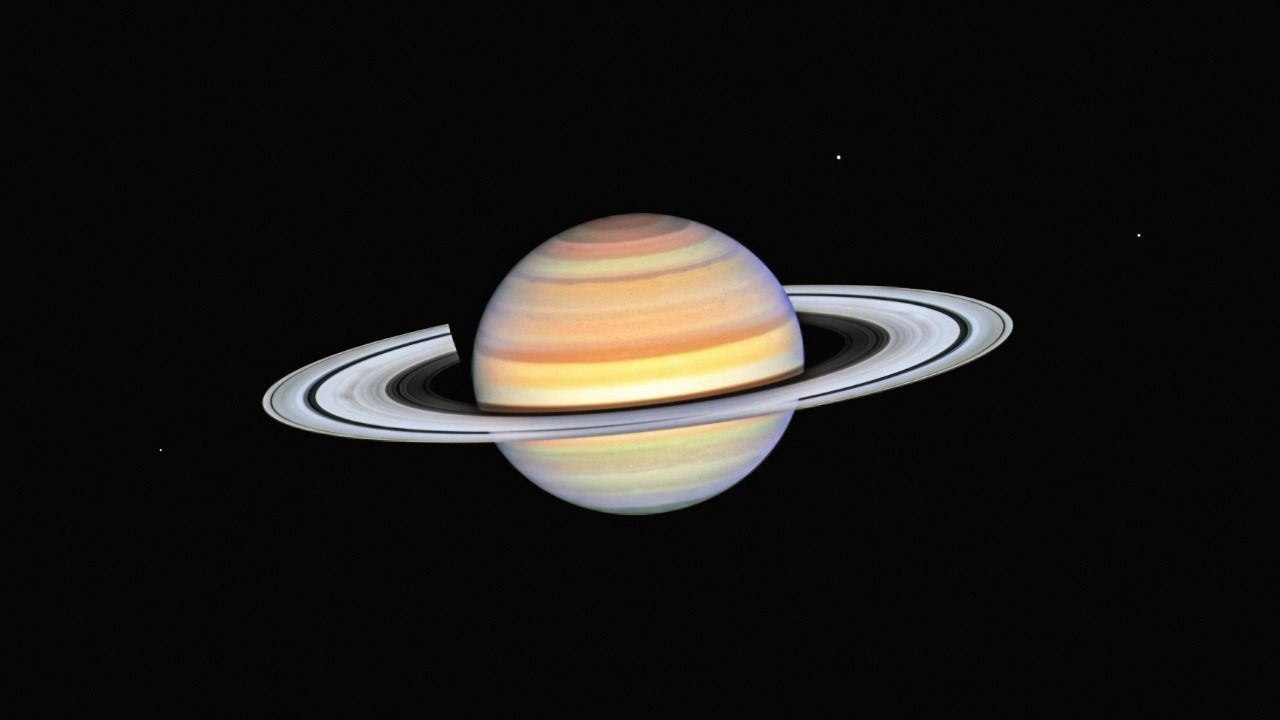
The recent identification of 128 new moons around Saturn was made possible through advanced telescopic technologies and refined methodologies. Astronomers employed high-resolution imaging techniques combined with powerful ground-based and space telescopes. These tools allowed researchers to detect faint objects that were previously obscured by Saturn’s bright rings and glare. The use of adaptive optics on Earth-based telescopes played a crucial role in this endeavor, providing sharper images by compensating for atmospheric distortions.
International collaborations were instrumental in this breakthrough. Scientists from various countries pooled their expertise and resources, facilitating data sharing and joint analysis. This collective effort underscored the importance of global scientific cooperation in space exploration. Despite the challenges posed by distance and the need for precise calibration of instruments, the discovery was a testament to the dedication and ingenuity of the astronomical community. Unanticipated findings, such as the irregular orbits of some moons, added an element of surprise and excitement to the process.
Characteristics of the Newly Discovered Moons
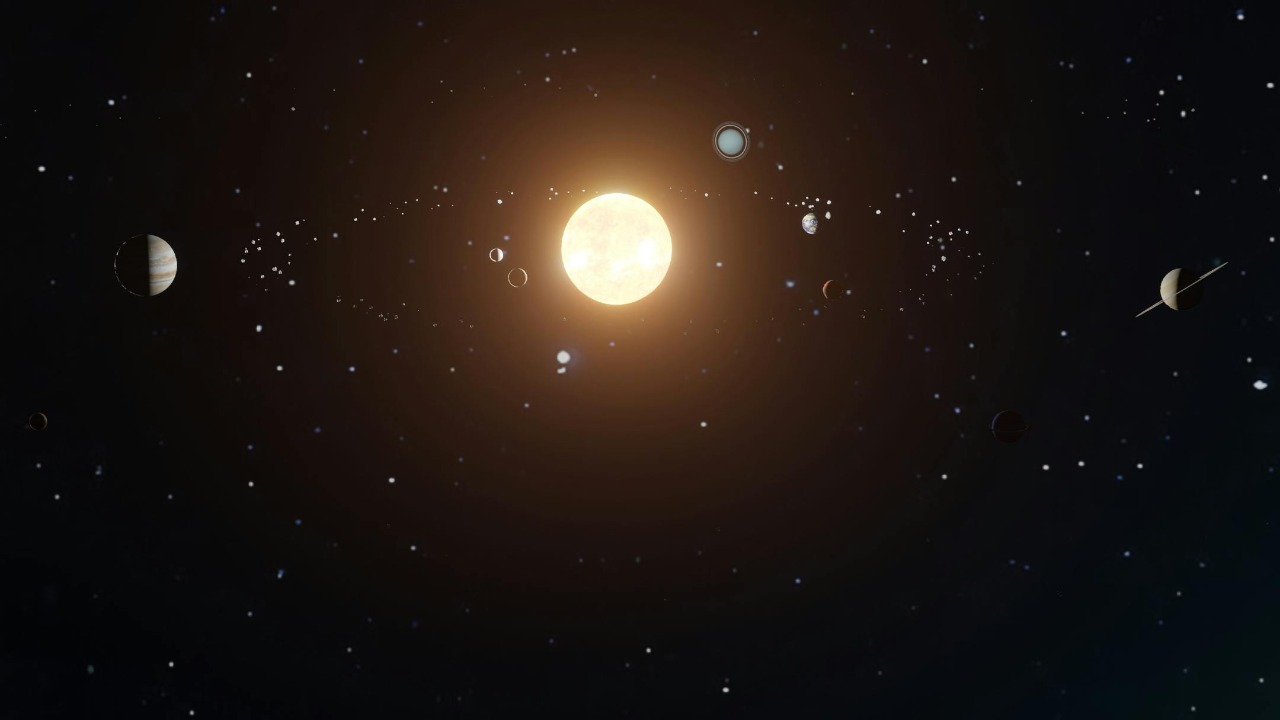
Upon closer examination, the newly detected moons exhibit a diverse range of sizes, compositions, and orbits. Many of these celestial bodies are small, with diameters measuring less than 3 kilometers. Their varied compositions suggest that they may have originated from different sources or have undergone distinct evolutionary processes. Some moons are composed predominantly of ice, while others have rocky surfaces, hinting at a complex history of formation.
Compared to Saturn’s previously known moons, these new additions present unique features. Their orbits are particularly intriguing; a number of them follow retrograde paths, moving in the opposite direction to Saturn’s rotation. This characteristic sets them apart from many of Saturn’s larger moons and provides clues to the gravitational interactions and capture events that may have occurred over time. Understanding these orbital dynamics could offer significant insights into the formation and evolution of Saturn’s moon system.
Implications for Our Understanding of the Solar System
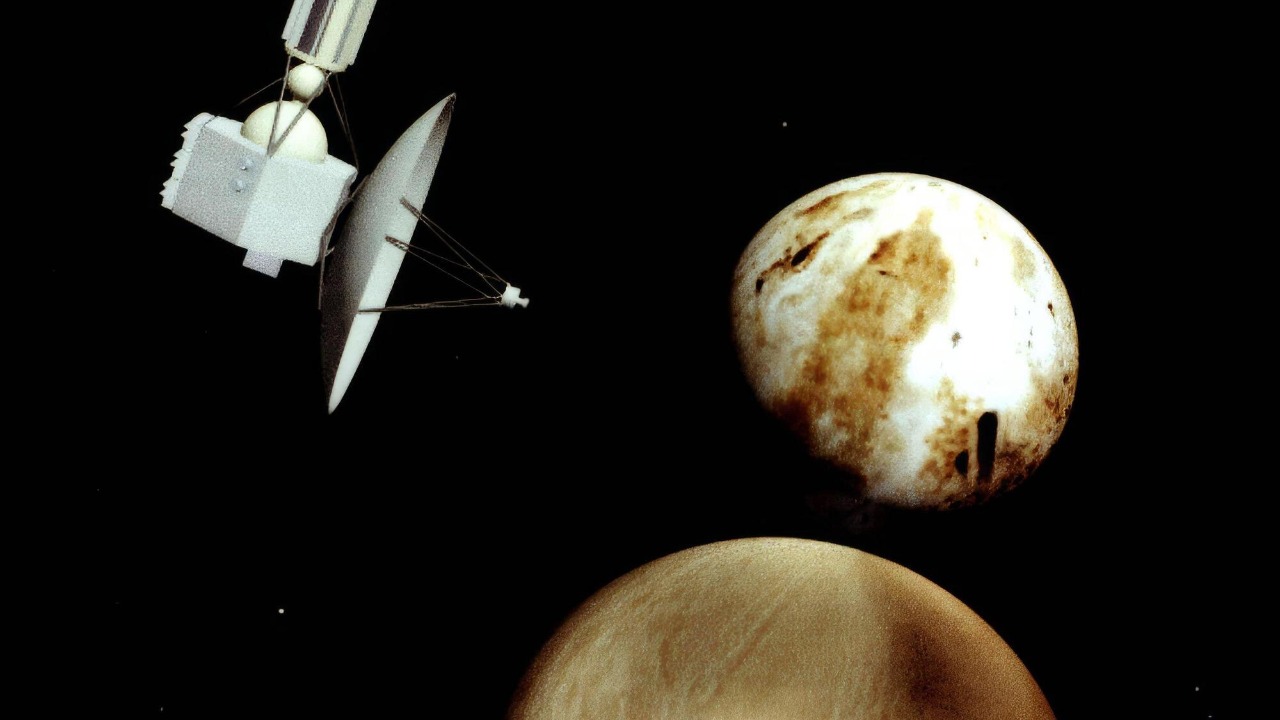
The discovery of these additional moons around Saturn suggests a greater complexity and dynamism within our solar system than previously thought. It challenges existing models of moon formation and prompts a reevaluation of how planetary ring systems develop. The findings indicate that the processes governing moon formation are more varied and intricate, likely involving a combination of accretion, capture, and fragmentation.
These insights have broader implications for the study of exoplanetary systems. By understanding the dynamics of Saturn’s moons, scientists can draw parallels with other planetary systems beyond our solar system. This can help refine models predicting the behavior and characteristics of distant exoplanets and their moons. The increased understanding of moon formation mechanisms may also impact theories related to planetary habitability and the potential for life elsewhere in the universe. For more about the complexity of planetary systems, you can explore this Nature article.
Technological Advancements and Future Exploration
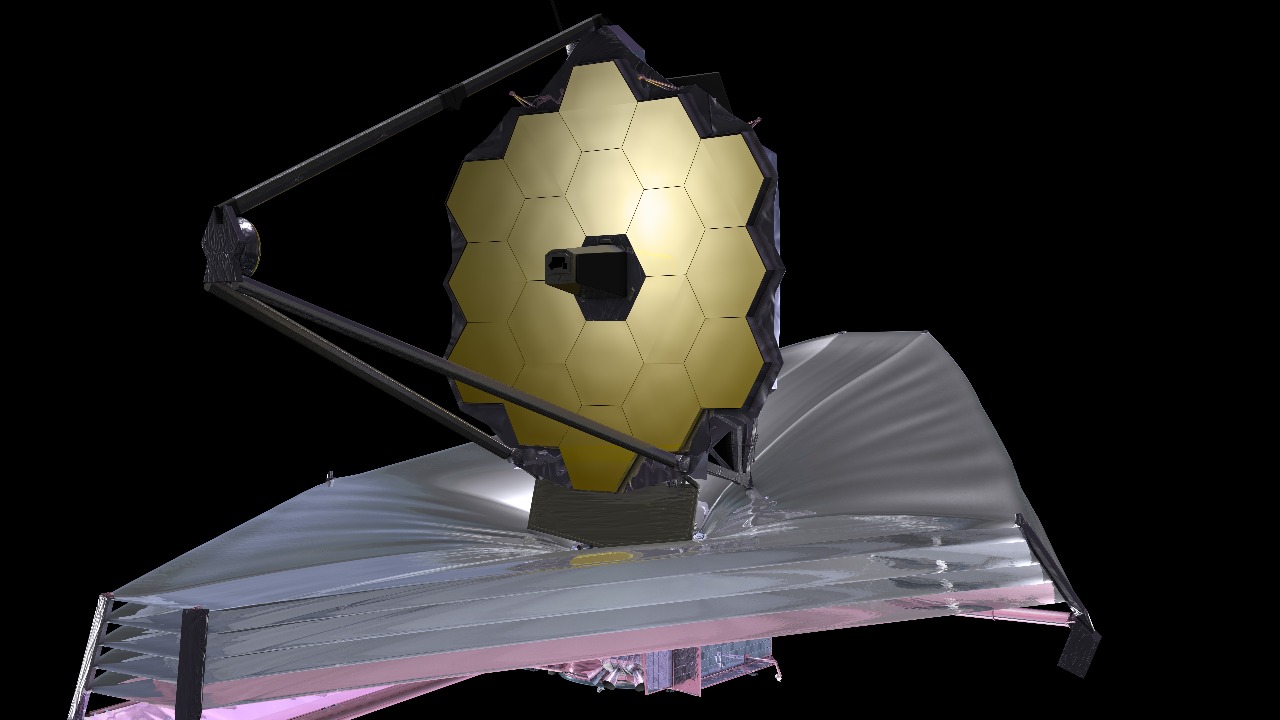
The role of cutting-edge technologies in expanding our knowledge of distant celestial bodies cannot be overstated. Advanced telescopes, both terrestrial and space-based, are crucial for observing and analyzing these distant objects. The James Webb Space Telescope, for example, promises to offer unprecedented clarity and depth in space observations, which could further illuminate the mysteries of Saturn’s moons and other celestial phenomena.
Future missions aimed at exploring Saturn and its moons are already in the planning stages. NASA’s Dragonfly mission, set to launch in the mid-2020s, will explore Titan, Saturn’s largest moon, providing valuable data that could enhance our understanding of the entire moon system. These missions are not only scientifically significant but also capture the imagination of the public, inspiring the next generation of scientists and explorers. If you’re interested in the significance of these missions, check out this detailed study.
Public Engagement and the Fascination with Saturn
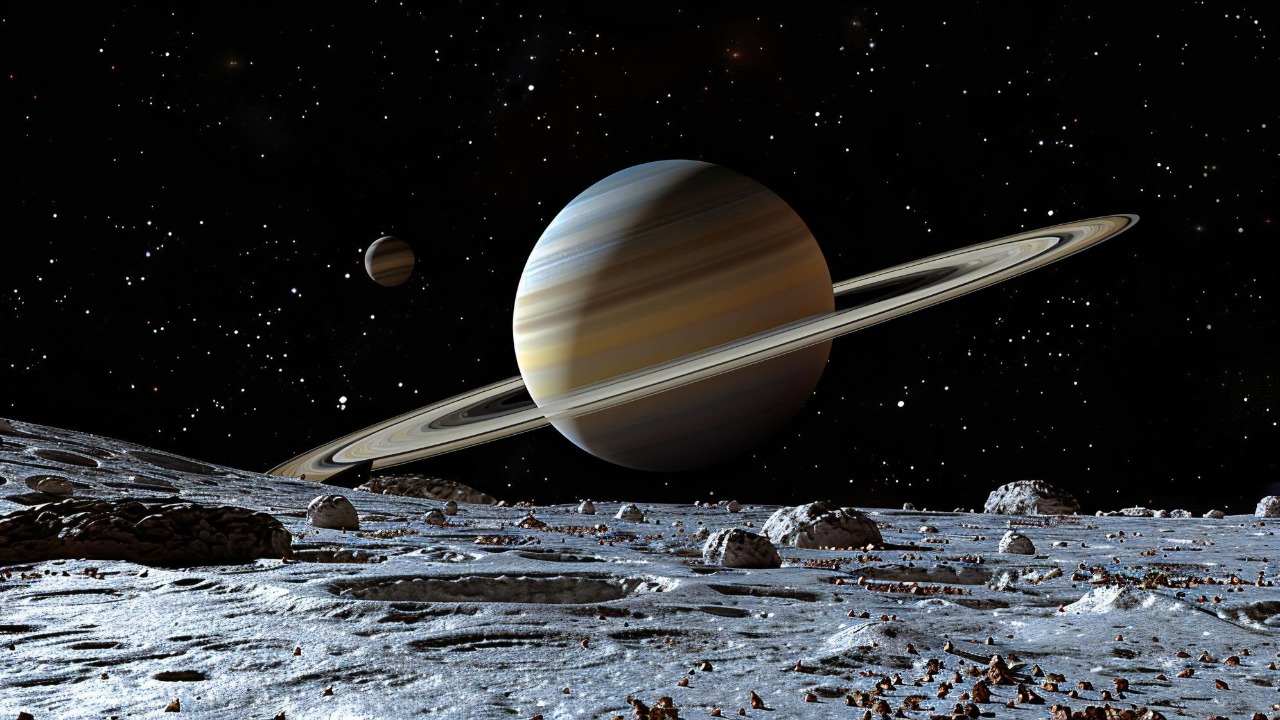
The discovery of 128 new moons has reignited public interest in space exploration, particularly in Saturn. This surge in curiosity offers a unique opportunity for educational outreach and public involvement, crucial for advancing space science. Engaging the public through interactive exhibits, online resources, and educational programs can foster a deeper appreciation for astronomy and inspire future contributions to the field.
Amateur astronomers and enthusiasts also have a role to play in the ongoing study of Saturn and its moons. With the advent of affordable and powerful telescopes, more people than ever can participate in observing celestial events and sharing their findings with the scientific community. Public engagement initiatives, such as citizen science projects, can harness this enthusiasm, allowing amateur astronomers to contribute valuable data and observations. More on public engagement can be found in this USA Today article.